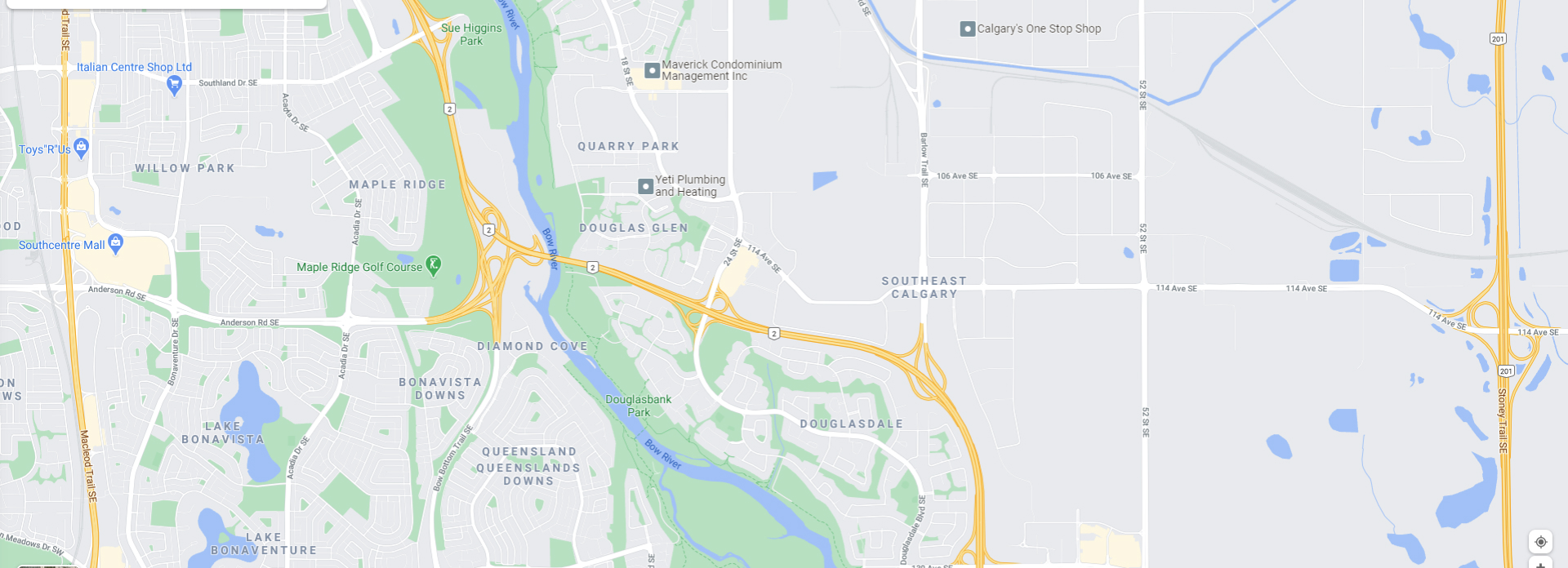Welcome to the first part of a 4 mini series on how to combat anxiety. Combat might sound a little harsh or not quite the way you view your relationship with anxiety. What I mean by this is how to let your body and your mind know, “thank you for keeping me on alert, but I’ve got some ideas and strategies, I’m ok, and I’ve got this right now”.
I’m writing with teen anxiety in mind, but these ideas can be useful for anyone!
Here’s a video in case that works better for your style.
The next four video/blog combinations in this series will describe some practical ideas and strategies that can help settle and soothe your body and your mind when you are experiencing a flood of anxious or distressing thoughts.

Photo by Canva
Today, I will be laying out the framework that I’m using to understand how anxious and distressing thoughts impact us and what it is that we can do about it.
I won’t be talking about thinking patterns or thought (cognitive) processes in this series – I will mainly focus on things that you can use “in the moment” to start to settle and soothe your mind and your body. Some of the ideas and tips will cover using our breath, our senses, our imagination, and our bodies to basically bring on-line our systems that are most relaxed-based.
I have been working from the framework of Compassion Focused Therapy. Some of the folks in this field are: Paul Gilbert, Deborah Lee, Kristin Neff, Paul Tirsch, just to name a few. All of these folks have done some great work in the compassion focused realm and I think they do a good job at explaining how anxious thoughts, trauma, and different systems impact us in different ways.
THREE CIRCLE MODEL
The model I specifically like is the three circle model because it describes three systems that we experience that affect our mind and our bodies. The first system is the threat system and this system is designed to protect us and keep us safe from danger. It is a really important system if our goal is to stay alive. When this system is activated, it is often associated with feelings of anxiety, anger, disgust, sadness and shame. The model talks about different hormones and endorphins that are released in different systems.

Photo by Canva
The next system is the drive system. This system is linked to motivation and desire. This system kicks in if we are trying to achieve a goal, accomplish a task or moving towards something or someone we desire. This system often leads to feelings of excitement, drive, motivation, and joy. The related hormones with this system are primarily dopamine and serotonin, which are associated with pleasure, reward, and feel good sensations.

Photo by Canva
The third system is the soothe system. This system is thought to be one that is often underdeveloped or not as large as the other systems, in particular if you are someone who often experiences anxious or distressing thoughts or if you are someone who often feels shame or guilt. This system kicks in and leads us to feel content, calm, safe and soothed. The related hormone linked to this system is oxytocin.
The soothe system is the one that compassion focused therapies encourage us to develop and grow as a way to support when we are experiencing threat system feelings and are not in fact in immediate danger. Compassion focused therapy also teaches about balance of the systems and getting to know which of our systems is more developed, understanding how it is serving us (helpful vs. harmful), and considering room to develop one of the other systems to better support us.

I like this model because it talks about these systems as ones that exist globally, in all humans. They also talk about it from the framework of it being not a matter of choice, but rather these are the systems we are born with, they are systems that exist in us, and they have specific roles and purposes. There is a reason each system is wired the way it is and they can serve us quite well in different circumstances. They language used is “it is not your fault”.

Photo by Canva
Now, in saying it’s not our fault leaves room for compassion and understanding, but another important point is that we still have a lot of ability to cultivate, grow, and develop certain systems. I like this because it’s saying: “yes we have this hardwiring to respond to certain things and this can serve us well and sometimes it can get in the way, but we have the ability to make some changes in that”.
We can train our brain and help guide it to respond in ways that might be more helpful rather than harmful.
If you found this post helpful, spread it by emailing to a friend or sharing it on Twitter or Facebook- Thanks! Also, be sure to come back and check out Part II, where I’ll be talking about using our 5 senses to combat anxiety.
 Chantal Côté (she/her) is a psychologist and teen life coach living in Calgary, Alberta. After over a decade in non-profit and community mental health, Chantal started Pyramid Psychology, a practice dedicated to supporting teens – a population she is constantly amazed by. Chantal is on a mission to help 100,000 teen girls (and their parents) build bulletproof mindsets so they can weather the ups and downs of life. As part of this goal, Chantal has had the privilege of speaking at various events – virtual and live – to support teens and parents.
Chantal Côté (she/her) is a psychologist and teen life coach living in Calgary, Alberta. After over a decade in non-profit and community mental health, Chantal started Pyramid Psychology, a practice dedicated to supporting teens – a population she is constantly amazed by. Chantal is on a mission to help 100,000 teen girls (and their parents) build bulletproof mindsets so they can weather the ups and downs of life. As part of this goal, Chantal has had the privilege of speaking at various events – virtual and live – to support teens and parents.
Outside of this passion, Chantal is often in nature, writing poetry, playing ball hockey and hanging out with her loved ones.
Each week, Chantal writes a blog article in response to issues she hears from the parents and teens she connects with. If you have something you’d like to read more on – email ideas and questions to info@pyramidpsychology.com or DM us via Instagram or Facebook.












 What I would tell my younger self (younger sibling). When I ask this question 9 times out of 10, teens tell me their advice for their younger person would be to wait as long as they can before they start using social media, to avoid platforms that constantly show them videos and pictures they compare themselves to, and to enjoy things outside of screen time.
What I would tell my younger self (younger sibling). When I ask this question 9 times out of 10, teens tell me their advice for their younger person would be to wait as long as they can before they start using social media, to avoid platforms that constantly show them videos and pictures they compare themselves to, and to enjoy things outside of screen time.






 Hello, my name is Tara, and I am a graduate student in counselling, I will be doing my practicum at Pyramid Psychology and I am very excited to practice all the skills I have learned as well as develop new relationships.
Hello, my name is Tara, and I am a graduate student in counselling, I will be doing my practicum at Pyramid Psychology and I am very excited to practice all the skills I have learned as well as develop new relationships.















 I am a registered social worker with a Bachelor of Social Work with a major in psychology from the university of the Western Cape, and a Master’s in Clinical Social Work specialization with individuals, families, and groups from the University of Calgary.
I am a registered social worker with a Bachelor of Social Work with a major in psychology from the university of the Western Cape, and a Master’s in Clinical Social Work specialization with individuals, families, and groups from the University of Calgary.
























